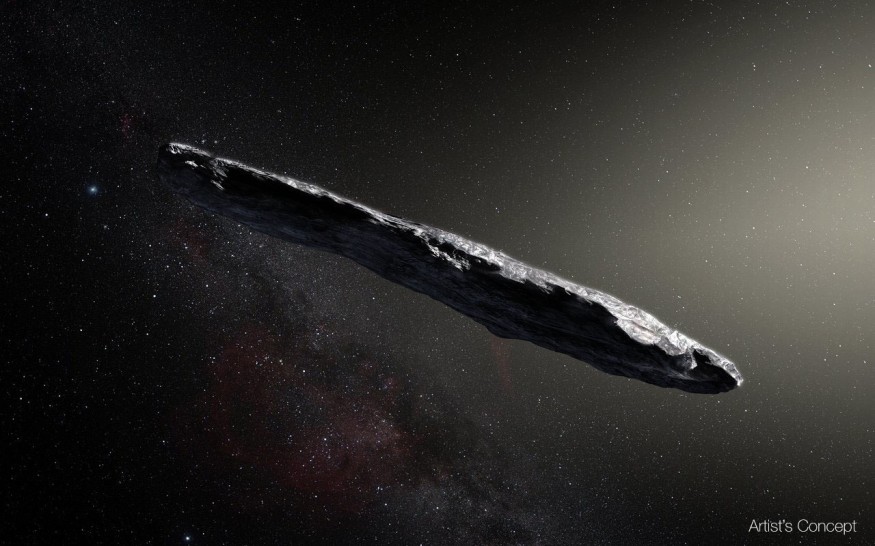Years after the strike, the US military determined that a meteorite dubbed Oumuamua that hit Earth in 2014 was interstellar in origin.
It's thought to be the first item to reach Earth from beyond our solar system.
The extraordinary velocity - over 130,000 miles per hour - with which the meteorite impacted Earth's atmosphere drew the attention of scientists even back then.
According to researchers Avi Loeb and Amir Siraj, such speeds usually originate in a star or star system that is not our own.
Both Loeb and Siraj detailed their findings in the study, "Discovery of a Meteor of Interstellar Origin," in arxiv.org.

First Recorded Interstellar Object Found: Meteor That Hit Earth in 2014
Scientists first thought that the first interstellar object they discovered, 1I/'Oumuamua, was discovered in October 2017.
However, when investigating the item, Loeb and Siraj discovered another that came before it.
WKRC said a meteor sped through the sky off the shore of Manus Island, Papua New Guinea, in 2014, crashing into the Earth's atmosphere at a speed of 45 kilometers per second.
6/ “I had the pleasure of signing a memo with @ussfspoc’s Chief Scientist, Dr. Mozer, to confirm that a previously-detected interstellar object was indeed an interstellar object, a confirmation that assisted the broader astronomical community.” pic.twitter.com/PGlIOnCSrW
— U.S. Space Command (@US_SpaceCom) April 7, 2022
According to researchers, any object traveling at a speed of more than 42 kilometers per second is deemed interstellar.
Siraj pointed out that a secret US government satellite designed to detect foreign missiles identified the meter-sized item.
According to the pair, the meteor was 99.999 percent certain to be the first intergalactic object detected.
How Scientists Made Their Interstellar Claim
Researchers found that CNEOS 2014-01-08 was not impacted by the sun's gravity. Even more interesting is that the asteroid was driven towards our solar system by a celestial event that occurred somewhere in the cosmos.
Siraj believes that if this interstellar meteor had not collided with Earth, it would have continued on its way through our solar system and back into interstellar space.
CNEOS 2014-01-08 will be the first interstellar meteor discovered if the calculations are true, Slash Gear said.
However, the scientific community was hesitant to accept Siraj and professor Loeb's statement concerning the meteor's galactic origin due to inadequate evidence and confirmation awaited from the US Department of Defense.
The two eventually had their moment earlier this week when the United States Space Command issued a paper confirming CNEOS 2014-01-08 was an interstellar object, making it the first of its kind ever detected.
Two further verified observations of interstellar meteors after CNEOS 2014-01-08 collided with the Earth in 2014. The first was Oumuamua in 2017 and Borisov in 2018.
Of course, Loeb has said some intriguing things about the Oumuamua interstellar object since then, including the possibility that it represents life in outer space.
RELATED ARTICLE : 'Oumuamua: Scientists Want to Launch A 22 Year Mission For This Extraordinary Object
Check out more news and information on Space in Science Times.











